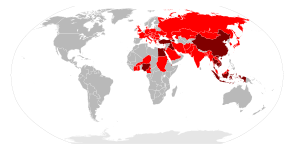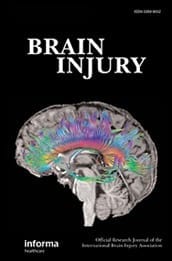
Some say the results should never be published
Two teams of scientists have independently constructed a deadly strain of flu. Some say the results should never be published
It’s a rare kind of research that incites a frenzied panic before it’s even published. But it’s flu season, and influenza science has a way of causing a stir this time of year.
Epidemiologists have long debated the pandemic potential of H5N1, a.k.a. avian bird flu. On one hand, the virus spreads too inefficiently between humans to seem like much of a threat: it has caused less than 600 known cases of human flu since first emerging in 1997. On the other hand, when it does spread, it can be pretty deadly: nearly 60 percent of infected humans died from the virus. For years now, the research has suggested that any mutations that enhanced the virus’s ability to spread among humans, would simultaneously make it less deadly. But in a recent batch of as-yet-unpublished studies, two scientists – Yoshihiro Kawaoka from the University of Wisconsin, Madison and Ron Fouchier of Erasmus Medical Center, in the Netherlands – have shown otherwise.
Working separately, they each hit on a combination of mutations (five, in Dr. Fouchier’s case) that makes H5N1 airborne (enabling it to spread readily between humans), without making it less deadly. In laboratory experiments, ferrets infected with this mutant strain passed it to other ferrets in nearby cages (ferrets are a common subject of flu studies because they react to flu viruses in a similar way to humans). A significant proportion of infected subjects died.
Efforts to publish those findings have been fraught. Critics say that making the methodology or gene sequences widely available, amounts to giving would-be bioterrorists an easy recipe. They also worry that these manmade strains might escape from the lab.
Proponents counter that the threat of a global pandemic, were this mutated strain to arise in nature, is far greater than the threat of bioterrorism. Understanding what combination of mutations could transform H5N1 into a human pandemic virus, helps epidemiologists know what to watch out for in the wild, and gives them a leg up on preparing countermeasures; they can, for example, test existing H5N1 vaccines and antiviral drugs against the new strain in the lab, before it actually emerges in the natural world.
Bookmark this page for “influenza” and check back regularly as these articles update on a very frequent basis. The view is set to “news”. Try clicking on “video” and “2” for more articles.








